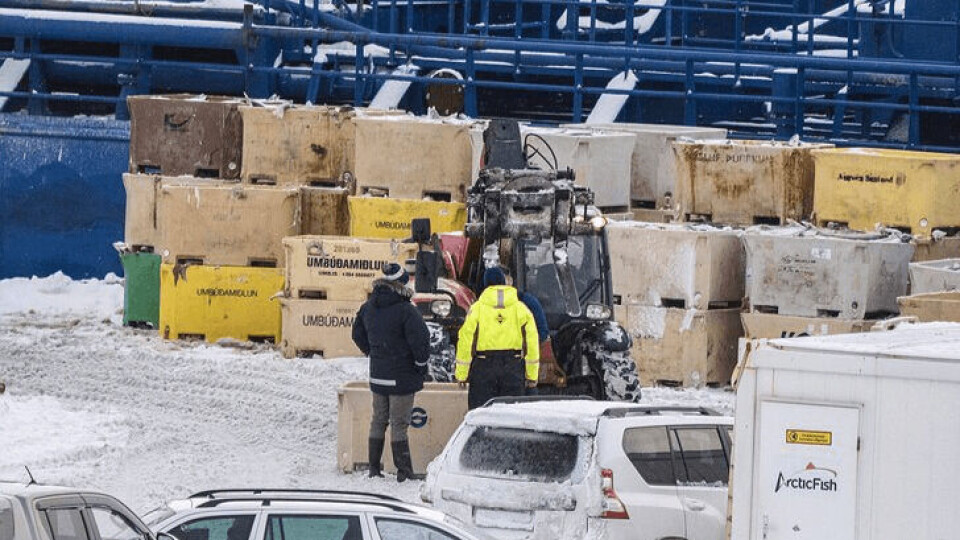
Arctic Fish blames ‘reduced health’ for mass mortality
Iceland salmon farmer Arctic Fish today said it had been experiencing severe biological issues in two of its sites in Dyrafjordur, leading the deaths of an estimated 1,500-2,000 tonnes of harvest-ready fish.
“All efforts are being made to handle this efficiently, which include speeding up harvesting in these two sites in the coming weeks. Our excellent employees have made great efforts in handling the situation in the best possible manner,” Arctic Fish said in a market statement.
“The main root cause for the mortality is related to reduced fish health, which could have been caused by stress due to handling. Secondary complications related to limitations on harvesting capacity may also have impacted the fish health. This event will have an impact on the results in Q1 of 2022 as well as the harvesting estimates for the year.”
Photos in press
Today’s announcement by Arctic Fish, which is majority owned by Norway Royal Salmon, came after photos of dead fish being loaded on to a ship from the Norwegian company Hordafor, which processes morts to make animal feed, appeared on the Icelandic press.
News website, Stundin.is. (The Hour) reported that the mortality was a result of rough weather that has raged in the Westfjords, with a combination of extreme cold and heavy seas creating poor living conditions for the salmon that can get winter wounds when they are rubbed up against the cage net.
Stundin.is quoted an unnamed former employee of a large Icelandic salmon farmer, who described how the fish are likely to have died.
‘The skin will be gone’
“When the salmon dies in the night, it sinks. Then it is pumped up from the bottom with a method called ‘Lift Up’ and then it goes into a cart. Part of this is a fish that is very badly damaged and damaged on the head, the eyes are gone, but before it dies it floats up and can float on the surface for up to a day before it dies,” the man, who worked, among other things, collecting dead fish from sea cages, is reported to have told the website.
“The fish that looks the worst and is in ribbons is a fish that has lain longer and the bay [waves] has worked on it. The fish will be like this in two to three days, the skin will be gone, and it will become wool. The fish that look better are newly dead.”
The man told Stundin.is that there were different reasons why the fish die. Some die from winter wounds, most often getting sores on the head from contact with the net. These don’t heal in the cold but grow “until the head is actually completely gone”. He said that when the fish get these winter wounds, “they are sentenced to death”.
He claimed too many fish were stocked in cages, because, he said, Icelanders think more about quantity than quality. "Too much fish is put in at night and the congestion becomes too great.”
Weather, handling and 1 degree sea
Daníel Jakobsson, an employee of Arctic Fish and the leader of the Independence Party in the town council of Ísafjörður, told Stundin.is that the fish were in very good condition at the end of last year and the generation had been on course to be one of the best when it came to moralities and growth.
“The reasons for the reductions are not known, but are probably the interplay of stimuli on the fish, such as weather, transport and handling of the fish in combination with 1 degree cold sea,” said Jakobsson.
He said the fish had reached a slaughter size of about 5 kg, and there were not many actual winter wounds on the fish, with harvested fish being good enough for the first and second quality categories.






















































